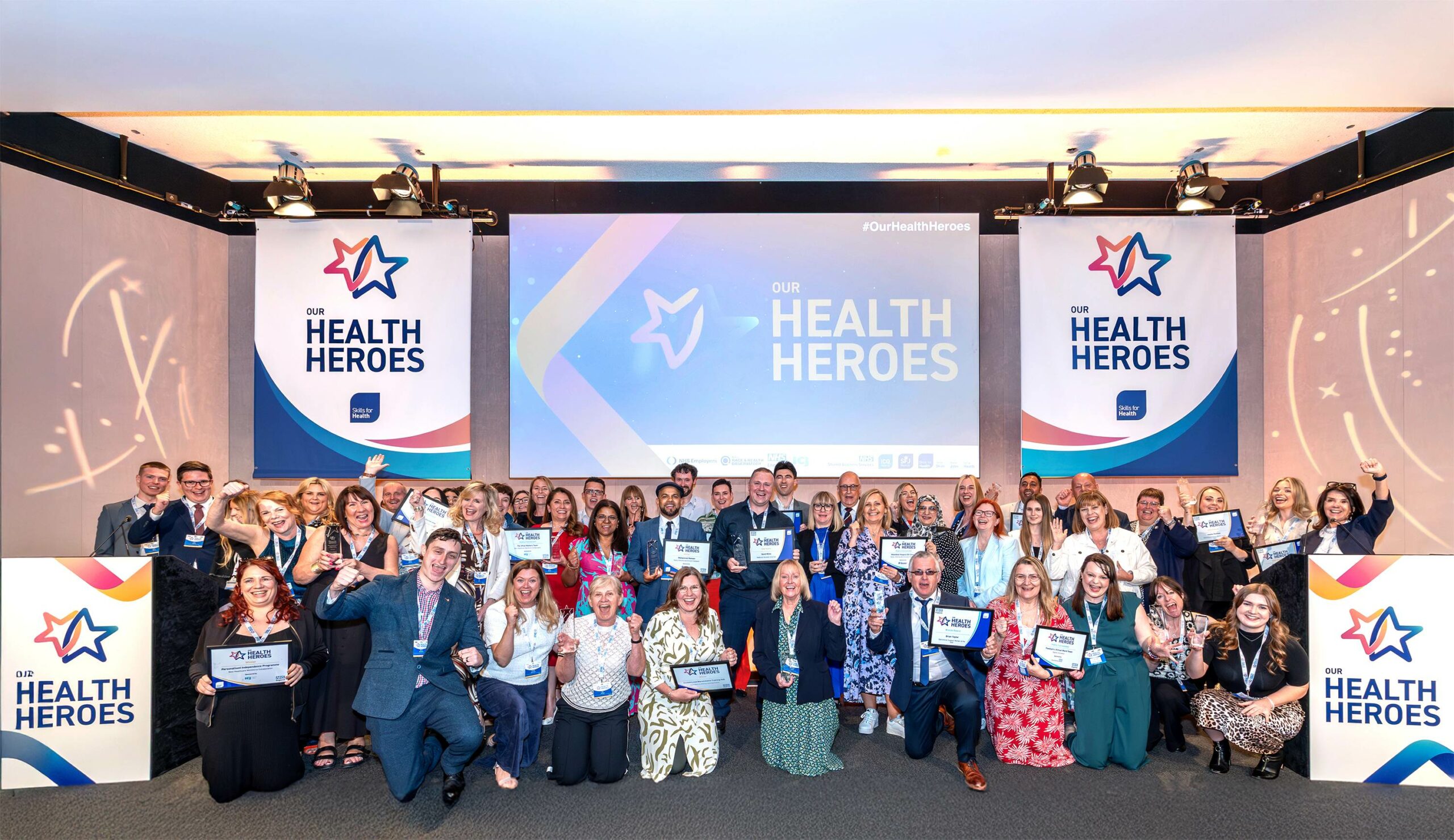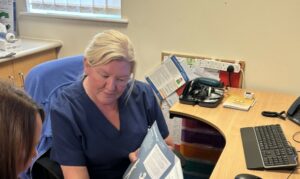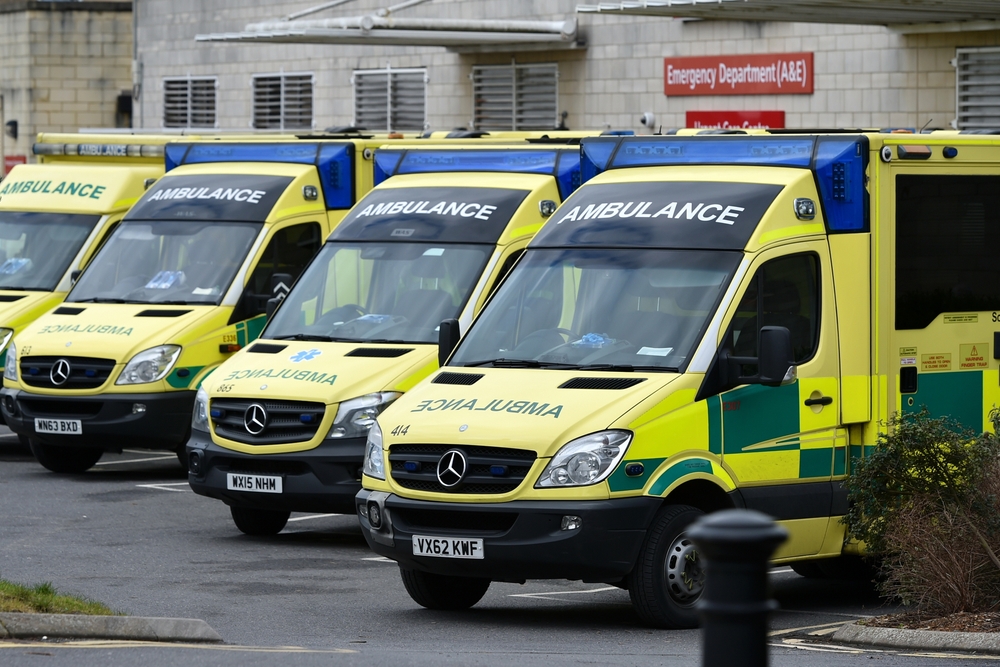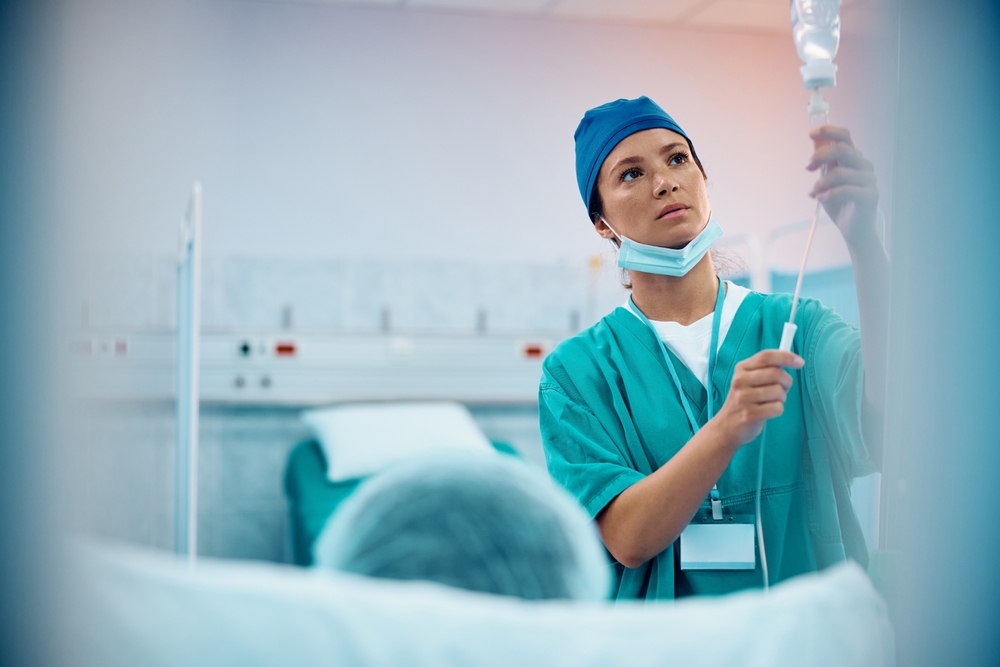The NHS efficiency dilemma: Is AI really the answer?

Despite the major digital transformation efforts ongoing across the NHS, money alone will not solve the challenges the health service faces. Neither will simply bolting AI solutions onto outdated processes, writes Peter Corpe, Industry Leader, UK Public Sector at Appian.
Despite the Government’s commitment to ‘bring the NHS into the digital age’ in its AI Opportunities Action Plan, healthcare organisations overwhelmingly still rely on legacy systems that aren’t fit for purpose. The recent State of Digital Government Review from the Department for Science, Innovation and Technology (DSIT) highlighted, the technology resource gaps that continue to derail work, waste time and delay essential services.
This is not just an inconvenience – it’s a growing crisis. A recent UK Public Sector Efficiency Survey revealed that NHS employees lose an average of five hours per week to clunky, inefficient systems. That adds up to a staggering 7.5 million hours of wasted work every single week. These valuable hours could be reinvested in treating patients, improving safety, and providing a better service. By addressing these systemic inefficiencies, we can improve healthcare services and enhance patient outcomes.
The UK Government announced the much needed £3.25bn Transformation Fund to boost public service efficiency in its latest Spring statement. It’s poised to drive productivity in public services, including the NHS, at a time when efficiency is under immense scrutiny. Backing a range of initiatives, the fund will include the introduction of AI tools to revolutionise front line service delivery.
But if we are serious about modernising the NHS, money alone will not solve the problem – we need targeted, measured reform. AI and automation are rightly gaining momentum in the sector. However, AI is not a magic solution on its own. Its effectiveness depends on the quality of the data it receives, and how well and quickly we act on insights. If we aren’t prepared to act on its findings quickly, we create bottlenecks instead of breakthroughs. Without the right groundwork, AI risks producing noise instead of value. AI must be embedded into well-designed processes to ensure it delivers real economic benefits.
I am often asked what are the biggest technology challenges in healthcare today, and what are the opportunities and barriers for the sector to use AI effectively. My response typically focuses on the following areas:
Manual services and outdated processes
Despite ongoing digital transformation efforts, most departments still rely on manual processes. The DSIT report reveals that 45 per cent of NHS services lack a fully digital pathway, with very few eliminating manual processing entirely.
The impact of outdated processes is felt directly by patients and healthcare workers alike. When services remain paper-based or rely on fragmented systems, productivity suffers, and resources are stretched thin. The functioning of these fragmented systems relies on ‘human glue’ – workers manually bridging siloes of data and process, which prevents recognition of the core deficiencies.
Streamlining these processes through digital transformation is not just a matter of convenience. It’s essential for improving efficiency, reducing administrative burdens, and ultimately enhancing service delivery for the public.
Process modernisation and automation is the most powerful lever available to drive service reform for such tasks. A process orchestration solution can automate time-consuming tasks such as data entry, appointment scheduling, progress tracking, compliance, and reporting. Automating these actions would enable a shift towards time spent on value-driven activities that can improve both internal efficiency and service delivery.
Fragmented and underused data
When data is scattered across multiple outdated legacy systems, information access and related processes slow down for everyone. This impacts productivity and the ability to resolve case work at speed. This lack of data integration also limits the potential of AI, machine learning, and advanced analytics. These data-driven technologies can only work with seamless access to high-quality data, to drive innovation and improve decision-making.
For the NHS to be truly AI-ready, the data must be in order. Solving this starts with adopting a platform that connects data and processes woven into a single framework. A data fabric, for example, creates a virtualised layer that links data across systems without needing to migrate it.
With advanced data management, organisations can train, refine, and deploy AI models more effectively, transforming vast amounts of information into valuable insights. High-quality data is the fuel AI needs to enhance decision-making and drive efficiency. Without it, the potential of a modern digital NHS will remain out of reach.
The future of AI-driven processes in the NHS
Optimism about AI is growing within the healthcare sector. 64 per cent of NHS workers have some or high confidence in AI’s potential to improve their organisation’s efficiency.
The key to unlocking AI’s full potential is embedding it within existing processes. Process is where actions happen. It’s where healthcare professionals make decisions, allocate budget and resources, serve patients, and move things forward. When AI operates within processes, it gains purpose, governance, and accountability – all vital to delivering value from AI.
While organisations are under pressure to integrate AI, its success depends on strong data infrastructures and human oversight. AI should be a partner, not a replacement, ensuring efficiency and innovation without compromising security or accountability.
To sustain long-term growth, healthcare organisations must invest in agile platforms that adapt to rapid AI advancements with process orchestration technologies. A platform approach can streamline operations, enhance decision-making, and improve service outcomes. Embracing these tools isn’t just about modernisation, it’s essential for efficiency, stability, and better healthcare service delivery.
Now is the time for the NHS to seize the opportunity. Every part of our health service runs on processes – from patient referrals to hospital workflows. When we improve these processes with automation technologies like AI and process orchestration, we create better working environments for our healthcare workers, improving service delivery for our NHS, for the betterment of patients.









